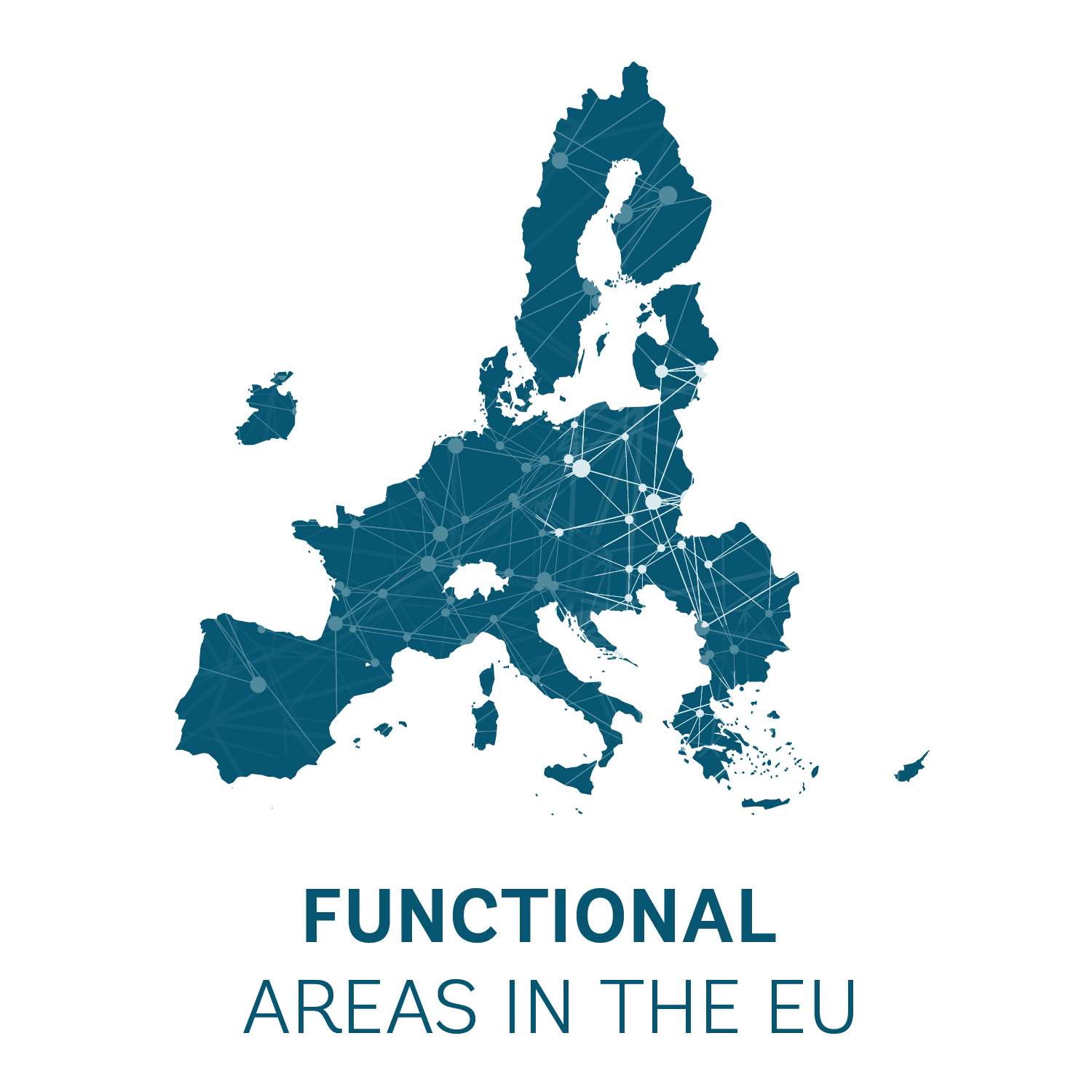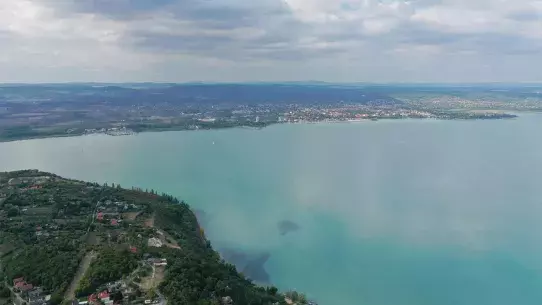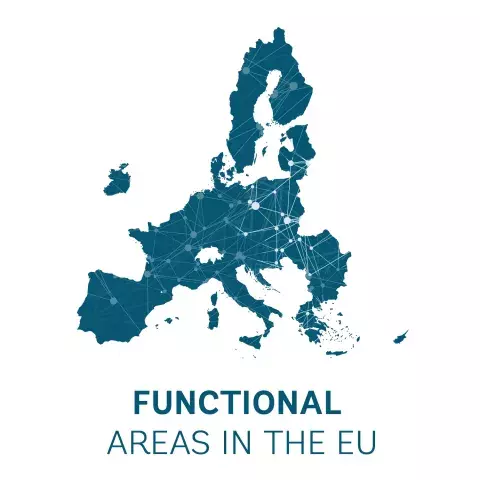Harnessing the Untapped Potential: The All-Season Tourism Masterplan for Jiu Valley

TOURISM MASTERPLAN ChallengeAddressing the challenge of expanding tourism beyond the winter season by effectively capitalising on existing natural, cultural and recreational resources in a sustainable manner. SolutionThe All-Season Tourism Masterplan for the Jiu Valley was developed as part of the Functional Areas in the EU project. Its implementation is foreseen by ADTI Valea Jiului, the governing body of the ITI Jiu Valley. This Masterplan brings together local public authority initiatives and strategies with national and county programs, offering a common concept that can be applied throughout the Jiu Valley region. Scope ”The scope of this masterplan is to support the transformation of Jiu Valley into an attractive year-round tourist destination, surpassing its dependency on the winter season and harnessing the existing natural, cultural, and recreational resources”, as highlighted in the document. Vision The masterplan is in alignment with all strategic and directive documents in the Jiu Valley. Therefore, its vision is harmonised with the overarching strategic vision for the region, as outlined in the Economic, Social, and Environmental Development Strategy of the Jiu Valley (2022-2030): Jiu Valley – a socially revitalised, sustainable, and interconnected region, with a competitive economic environment, supported by investments and innovation, and recognized for its local uniqueness. Expected results by diversifying and enhancing the tourism offering Increased number of tourists. The goal is to attract more visitors to the region. Extended length of stay. Encouraging tourists to stay for longer periods. Higher tourism-generated income. Generating more revenue from tourism activities. The draft document encompasses the following content: Assessment of the current situation, including potential, connectivity, accommodation infrastructure, facilities, attractions, and management, among other factors. Mapping of challenges and opportunities based on the assessment phase. Development of vision and objectives, derived from the identified challenges and opportunities. Market segmentation and profiling, a crucial phase of the analysis. Establishment of tourism products and experiences. Detailed planning of marketing and promotional strategies, building upon the previous phases. Definition of destination management, addressing gaps identified during the assessment phase and proposing solutions. The action plan, which constitutes the final component of the masterplan and includes actionable ideas discussed with all stakeholders. On September 20, ADTI Valea Jiului proudly inaugurated the “All-Season Tourism Masterplan for Valea Jiului” during a public consultation event. A wide array of stakeholders, ranging from local administrations to key players in the hospitality industry of the region, actively participated. Consequently, this document will remain accessible for public scrutiny and potential modifications for a period of one month. To facilitate this process, the document will be made available on the websites of all six UATs (Administrative-Territorial Units) as well as on the ADTI Valea Jiului website. Other best practices Tourism, culture and brandingHarnessing the Untapped Potential: The All-Season Tourism Masterplan for Jiu ValleyJiu Valley & Jiu ConurbationContinue reading Best Practices | Urban regenerationUrban-rural linkages: regeneration of public spaces in the Cluj Metropolitan AreaCluj-Napoca Metropolitan AreaContinue reading Governance | Strategic planningIntegrated Development Strategy of Brno Metropolitan AreaBrno Metropolitan AreaContinue reading 12Next
About this resource
In 2021, the European Commission launched a pilot project to improve functional area approaches in the EU and has partnered with the World Bank to implement this initiative. As part of the project, the project team collaborated with 12 functional areas from seven EU countries, providing them with tailored technical support and assistance: Zagreb Urban Agglomeration (Croatia), Brno Metropolitan Area (Czech Republic), West Athens (Greece), Lake Balaton Area (Hungary), Kalisz-Ostrów Agglomeration, Kraków Metropolitan Area (Poland), Jiu Valley and Jiu Conurbation Functional Area, Caraș-Timiș Functional Area, Cluj Metropolitan Area, Oradea Metropolitan Area, West Ialomița Functional Area (Romania), and Trenčín Functional Area (Slovakia).
Similar content




